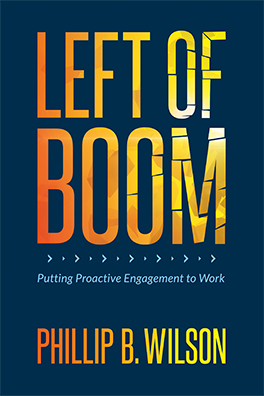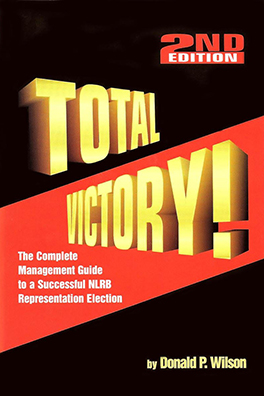Long gone are the days when union membership was typically associated with blue-collar workers in the trades. These days, white collar professionals are increasingly organizing in tech settings, law firms, and museums. You also don’t have to look far to see a banking giant where workers at dozens of branches are unionizing. That employer, Wells Fargo, could even be subject to a Cemex bargaining order depending on how the NLRB–when quorum is restored–feels about a regional director’s recommendation.
As it turns out, the reasons why white-collar workers turn to third-party representation are not too different from those with blue-collar jobs:
Job Security: Particularly in our current economic climate, Big Labor aims to capitalize on white-collar workers’ concerns about job security. Yet results can simply mean that unions issue sternly worded statements when companies scale back on labor costs. The reality is that unions can’t protect workers against layoffs, but they can make severance packages a bargaining point.
Work-Life Balance: As the Great RTO battle continues, look for unions to make flexible work an organizing point in many white-collar workplaces. The Alphabet Workers Union has already taken up the issue of remote work policies for Google workers. Employers who want to ward off this issue should be transparent about in-office working arrangements and flexible scheduling, where possible.
Wages and Benefits: Unions promise the moon on wages, retirement packages, and other benefits to gain a foothold in workplaces, but the realities of what unions can and cannot deliver emerge during first-contract negotiations. The often underwhelming results tend to frustrate members who pay dues and find themselves bound to union constitutions. Workers who wish to decertify a union due to disappointing results face a complicated process with no guarantees of success.
Leaders Who Listen: For the above categories and more, what workers want most is to know that supervisors hear their concerns. White-collar employees organize when they feel that their voices don’t matter, and if employers don’t actively listen, then unions are always willing to pretend that they can “fix” concerns, regardless of the collars worn by workers.
Which unions are predominant in white collar sectors? The Office and Professional Employees International Union is a “usual suspect,” but several unions that traditionally represent blue-collar workers are doing some hefty poaching:
- The International Association of Machinists and Aerospace Workers has been organizing pharmacists, particularly in retail settings, including Walgreens and CVS.
- The United Steelworkers have gathered up archivists, curators, technicians, and administrative workers at Carnegie Museums, the Children’s Museum, The Frick Pittsburgh, and more.
- The United Auto Workers have gone in hard on higher education to boost flagging membership numbers. At this point, approximately 25% of UAW members are employed by universities, most frequently as graduate assistants or researchers.
- The Communication Workers of America is organizing video game employees (CODE-CWA), banking employees (Wells Fargo United-CWA), and Google workers (Alphabet Workers Union-CWA).
Additionally, the Teamsters declared that they have “embarked on an ambitious campaign to organize workers in the tech industry.” This initiative appears to be focused on transport workers for tech giants, but that won’t stop Sean O’Brien from moving on to white-collar workers in the future, too.






